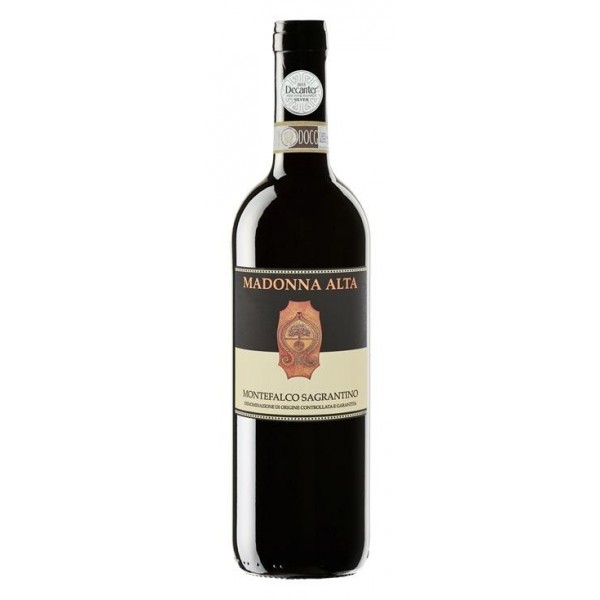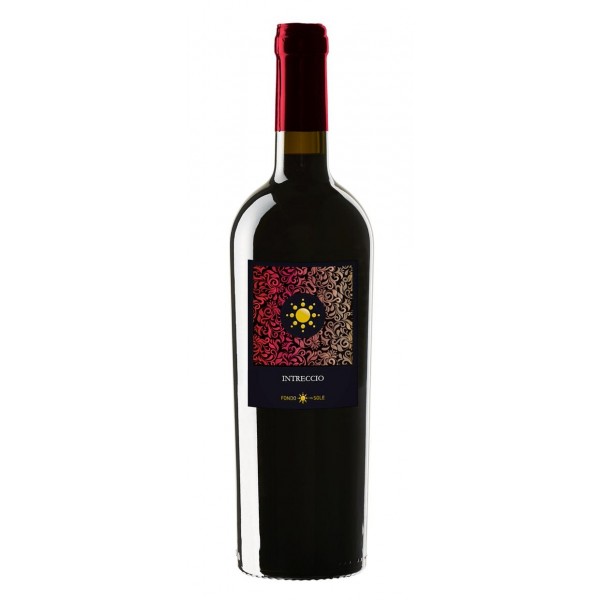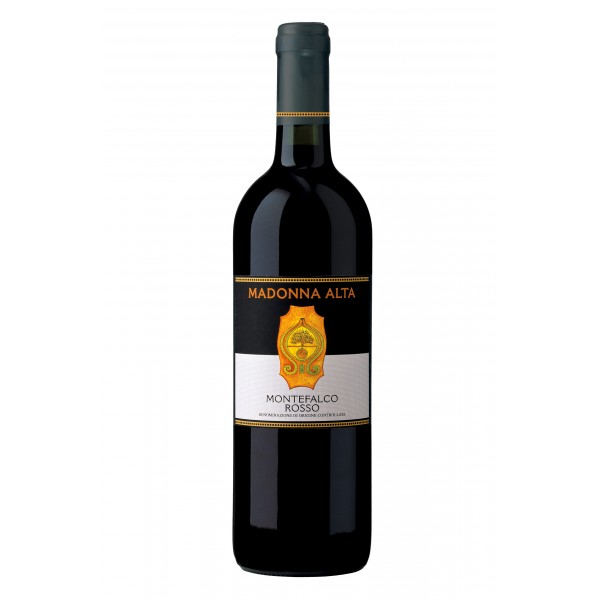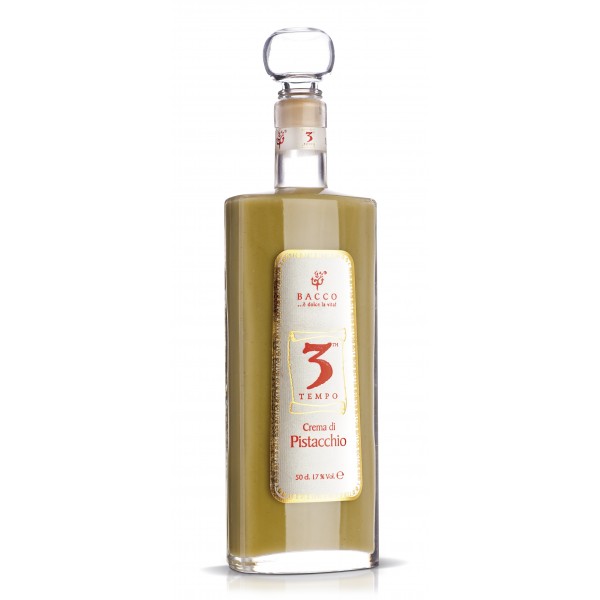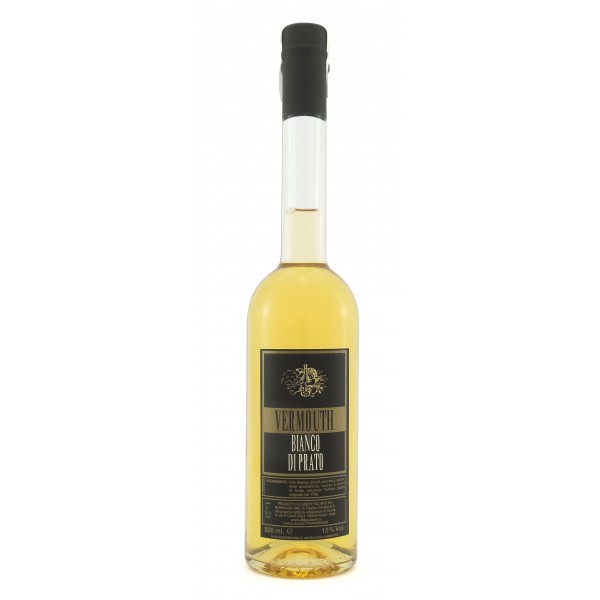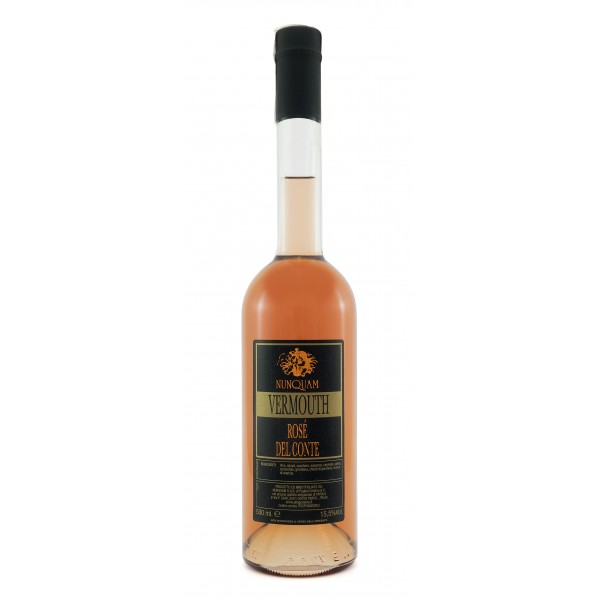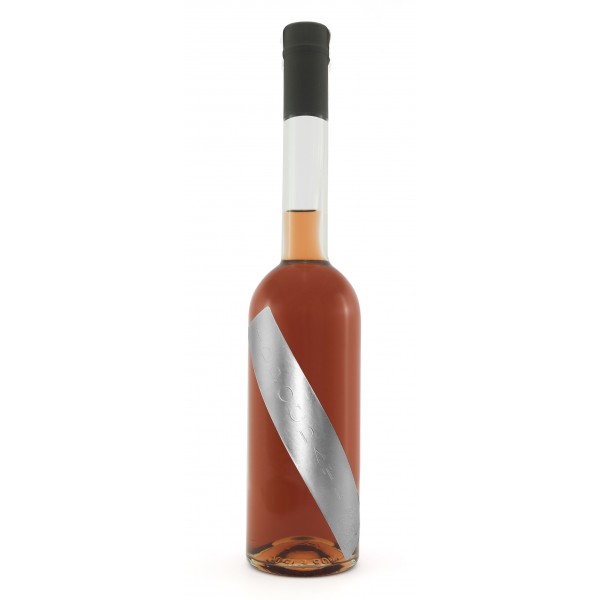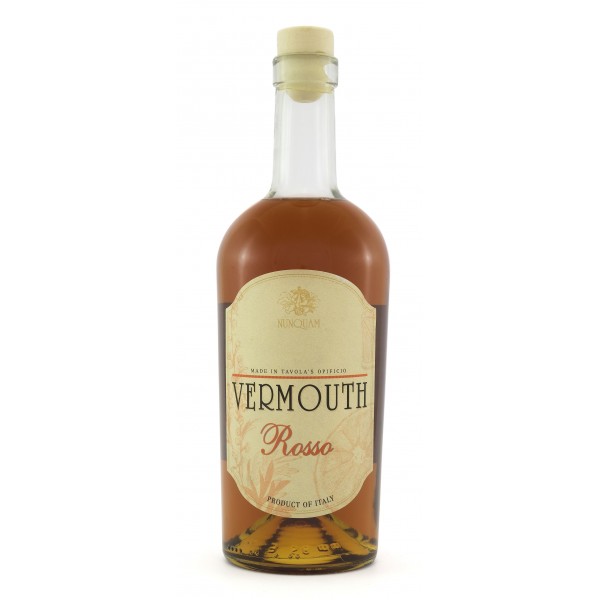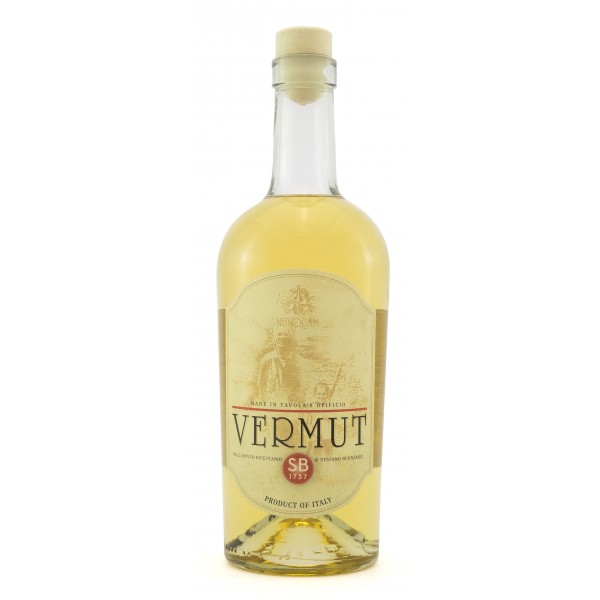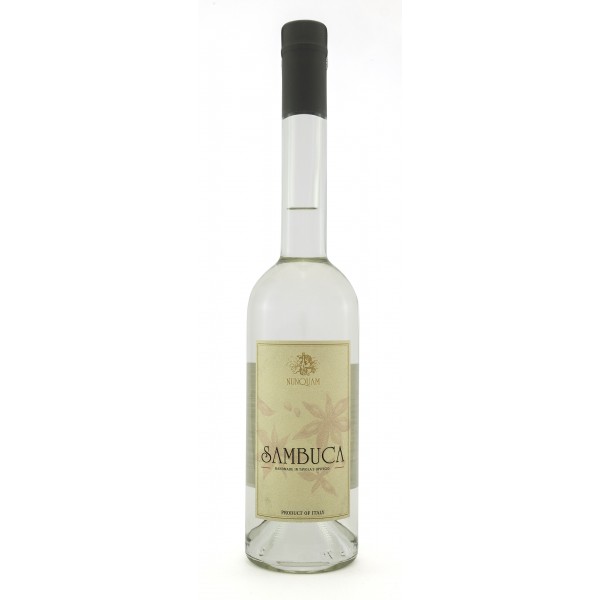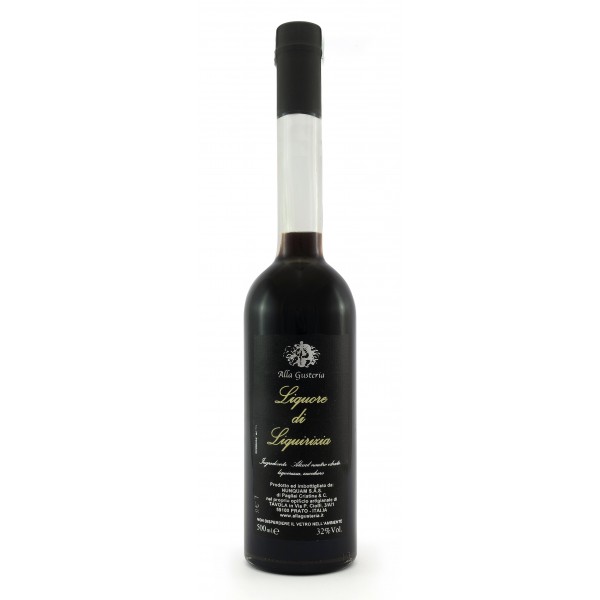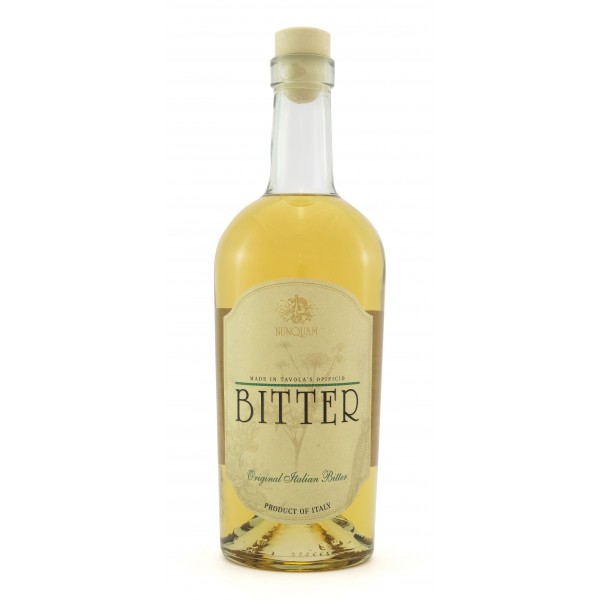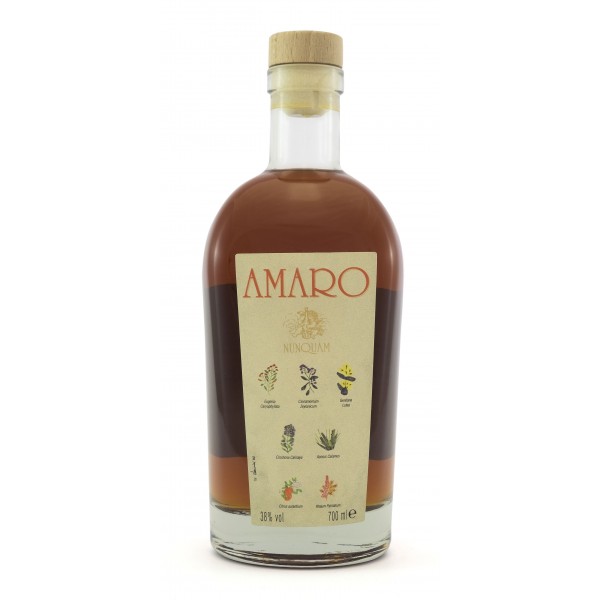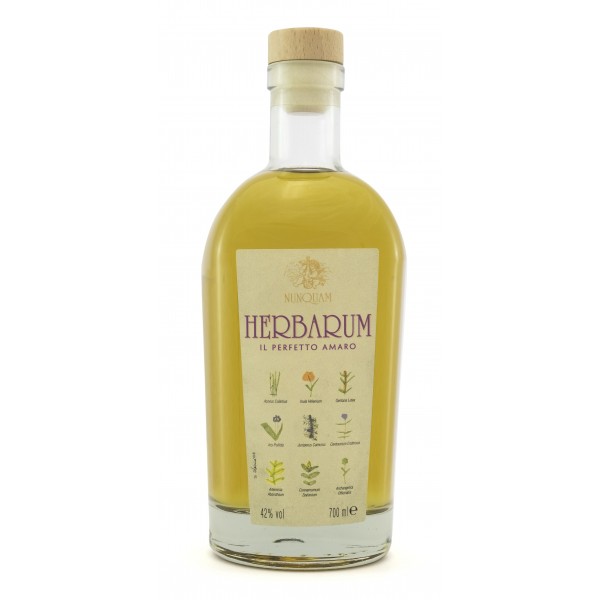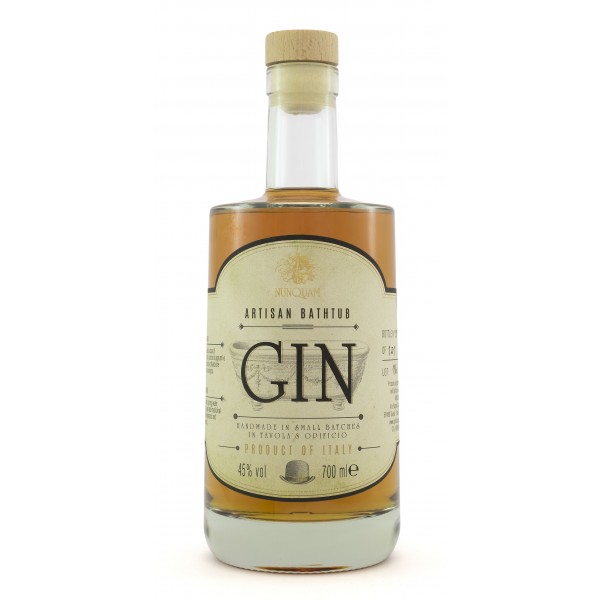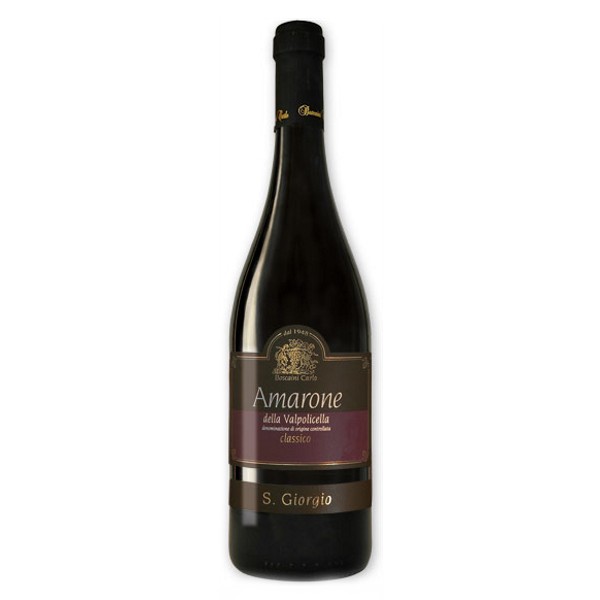No products
Beverages
Refine
Extra
Beverages
-
Fondo del Sole - Nativo Toscana Red I.G.T. Madonna Alta - Red Wines
Intense ruby red, ripe currants, blackberries, vanilla, full velvety flavour with a soft tannic finish. Best with grilled meat, wild game.
10,80 € 12,00 € -10%Reduced price ! -
Fondo del Sole - Sagrantino di Montefalco D.O.C.G. - Madonna Alta - Red Wines
Intense ruby red, currants, vanilla, blackberries, tannic, very persistent. Best with red meat, wild game, aged cheese, excellent with blue cheese.
26,91 € 29,90 € -10%Reduced price !Sold Out - Not Available -
Fondo del Sole - Intreccio Terre Siciliane I.G.T. Red - Red Wines
Strong ruby red, with violet reflex, intense and persistent aroma, with hints of dark chocolate, goudron, coffee, vanilla and aromatic herbs, right tannins, warm, persistent with coffee and cocoa aftertaste and blackberry fruity notes. Best served with Cheese, wild boar roasts, Goulasch, Ragù Sauces, game birds.
11,25 € 12,50 € -10%Reduced price ! -
Fondo del Sole - Sorà Terre Siciliane I.G.T. White 2015
Straw yellow, with greenish highlights, hints of orange peels and prickly pear that match well with highlights of oleander flowers, sage and tomato leaves, strong, with good structure and mineral taste, persistent.
7,11 € 7,90 € -10%Reduced price ! -
Fondo del Sole - Montefalco Red D.O.C. - Red Wines
Ruby red, currants, vanilla, blueberries, red fruits, cinnamon, velvety with good acidity. Best with pasta dishes with truffles, red meat, aged cheese, salami.
10,80 € 12,00 € -10%Reduced price !Sold Out - Not Available -
Fondo del Sole - Amicore I.G.T. Red Veneto - Red Wines
Amicore is the result of the fine care and management of the latest innovative techniques of the grape drying process followed by the enologists team of the Fondo del Sole, in order to enhance the quality of the best grapes of Veneto. After drying about one month, the grapes ferment and macerate on the skins for a specific period of time, then wine is...
8,01 € 8,90 € -10%Reduced price ! -
Bacco - Tipicità al Pistacchio - Terzo Tempo - Pistachio Sicilian Liquor -...
Delicate and sweet pistachio-flavoured alcoholic cream, artisanal made on the slope of Etna in Sicily and sold in an elegant 50cl bottle. Pistachio-flavoured alcoholic cream, with a dense consistency and a strong and intense savour.
21,30 € -
Alla Gusteria - Osteria de Ciotti - Nunquam - Vermouth Bianco of Prato B.D.P.
The White Vermouth of Prato goes back to an old farm tradition nowadays disappeared: it was produced by a farmer's wife with white grapes not yet ripe and herbs harvested in the fields and served as an aperitif or digestif during Christmas holidays. The uniqueness of this product is not only linked to the ingredients but also to the transformation process...
21,75 € -
Alla Gusteria - Osteria de Ciotti - Nunquam - Vermouth Rosé of Count
This Vermouth is born from the old family recipe of Fabio’s grand-father. The preparation is similar to the White Vermouth from Prato; the ingredients are different as in this case it's needed the white and red wine instead only white wine and also spices and herbs are different as for example the sage.
21,75 € -
Alla Gusteria - Osteria de Ciotti - Nunquam - Ippocrate
To Ippocrate, father of modern medicine and born in Kos on 460 before Christ, has been attributed the invention of “vinum absinthiatum”, done through a maceration of dittany’s and Artemisia/absinthium’s flowers into wine. It’s practically the basic recipe for Vermouth, which has been enriched later thanks to merchants from Venice, from Prato and others,...
27,50 € -
Alla Gusteria - Osteria de Ciotti - Nunquam - Vermouth Red
The view is clear, color drain garnet tending to orange. The nose is very intense, persistent, fine, broad, with blackcurrant fruity aromas, bitter orange and macerated blackberries, mountain hay, field dried flowers and chamomile, caramel and mild tamarind. The taste is sweet in a balanced, very fruity, warm, with a pleasant bitter vein, full and...
27,00 € -
Alla Gusteria - Osteria de Ciotti - Nunquam - Vermouth SB 1737
Elder brother of White Vermouth from Prato, it is probably also the forerunner of Vermouth in general. It born as flavored wine produced at year end to be tasted during the festive season. The view is clear, pale amber color The nose is very intense, persistent, with herbaceous and fruity scents.
27,00 € -
Alla Gusteria - Osteria de Ciotti - Nunquam - Sambuca
Product that is part fully in the highest tradition of Italian liqueur. From the star anise, green anise and fennel seeds essential oil, born this product from the thick consistency and the characteristic scent of anise, mint and licorice. It should be drunk with sparingly alone or with ice.
26,20 € -
Alla Gusteria - Osteria de Ciotti - Nunquam - Coffee Liqueur
This liqueur is obtained from the crus of Huehuetenango Guatemala Arabica Coffee (Slow Food Presidium) ground and then put together in infusion into neutral alcohol at 96 °.
26,90 € -
Alla Gusteria - Osteria de Ciotti - Nunquam - Licorice Liquor
This liqueur is obtained by the neutral alcohol licorice purest of Calabria that according to the authoritative voice Encyclopaedia Britannica is the best in the world. Such a plant belonging to the legume family, "glicyrrhiza glabra "it is known for more than 35 centuries.
26,20 € -
Alla Gusteria - Osteria de Ciotti - Nunquam - Alkermes
It seems that this Rosolio was created by the Medici family who jealously kept the recipe. Leone X and Clemente VII, both part of the Medici family, were both gluttonous of it and they called it “Elixir of Long Life”; while in France, where it seems to have been brought by Maria de’ Medici and her alchemist Ruggieri, it was known with the name of “Liquor...
34,00 € -
Alla Gusteria - Osteria de Ciotti - Nunquam - Bitter
The liqueur experience Fabio has led the company to create this product, which has become a must, making use of as many as 18 medicinal plants including a decisive gentian, angelica, licorice and aromatic Calamus. Great mixed to prepare superior cocktails is also good by itself, served with ice and an orange peel.
29,00 € -
Alla Gusteria - Osteria de Ciotti - Nunquam - Amaro Nunquam
Fine liqueur is a blend of 24 different types of herbs, spices and citrus peel. Net nose with floral and fruity bouquet of apricot and orange and rightly so spicy, the palate opens warm and full-bodied with bitterness charge progression. Suitable as an after-dinner liqueur but also as meditation, can be tasted fresh and natural.
39,90 € -
Alla Gusteria - Osteria de Ciotti - Nunquam - Herbarum ( The Perfect Bitter )
The alcoholic infusion of 9 different types of herbs and spices from the intrinsic and recognized therapeutic, tonic, digestive and invigorating results in this liquor from light green in color, the scent "alpine, intense flavor, catchy, slightly spicy. Good digestive tonic and has an entry in the soft, warm mouth.
40,40 € -
Alla Gusteria - Osteria de Ciotti - Nunquam - Gin Bathtub - Artisan Gin
Last born in the factory is this particular gin produced in small batches using the method "Cold Compounding", ie with the cold maceration of medicinal and aromatic spice plants, mainly of course juniper, provenance biodynamic and organic neutral alcohol and spring water.
40,40 € -
Azienda Agricola Boscaini Carlo - Amarone of Valpolicella D.O.C.G. Classic -...
This ample wine comes from a rigorous selection of the best grapes from the harvest. These are then put aside to dry for 5 months to concentrate the essence of the fruit. The alcoholic fermentation process is done slowly at a low temperature to allow the best possible mix of the flavours and aromas which are characteristic of this particular area of...
31,50 €












